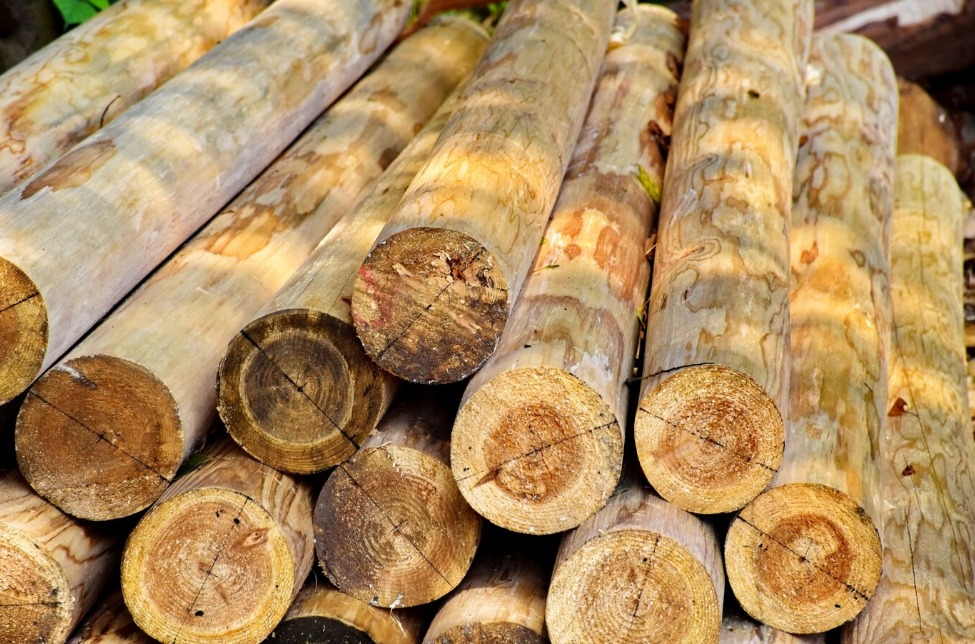Get Support
9851239401

Log debarking is a crucial stage in the sawmill process, aimed at preparing raw logs for further milling and processing. The primary objective of log debarking is to remove the outer layer of bark from the logs, exposing the wood underneath. This step not only enhances the aesthetic quality of the final lumber but also facilitates smoother processing by eliminating potential contaminants and reducing wear on cutting tools. Mechanical debarkers, which can include rotary or drum debarkers, efficiently strip away the bark, allowing for a cleaner and more uniform surface on the logs before they undergo primary breakdown.
Beyond the aesthetic and processing benefits, log debarking also has practical implications for the quality of the final wood products. Bark removal aids in preventing insect infestation and fungal growth, contributing to the longevity and durability of the lumber. Additionally, the debarking process can improve the efficiency of drying by reducing the moisture content in the wood, ultimately producing higher quality and more stable lumber. While not all sawmills incorporate log debarking into their operations, it is a valuable step for those seeking to optimize the quality and performance of their wood products.
